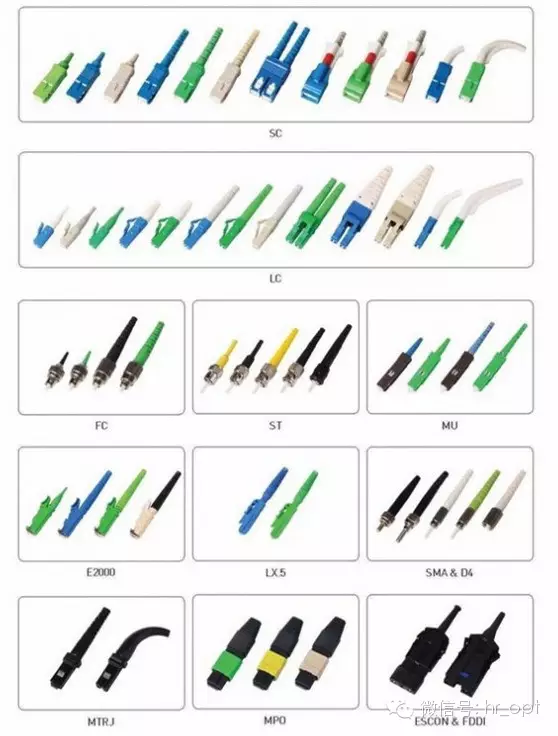
Blog
blog Location: Home > Blog > Technical Article
Location: Home > Blog > Technical Article
 Update Time:2025-08-14
Update Time:2025-08-14 Traffic:
Traffic: 23.What does the armor of optical cable mean?
A: It refers to the protective element (usually steel wire or steel belt) used in optical cables for special purposes (such as submarine optical cables, etc.). The armor is attached to the inner sheath of the optical cable.
24.What materials are used for optical cable sheaths?
Answer: The optical cable sheath or protective layer is usually made of polyethylene (PE) and polyvinyl chloride (PVC) materials. Its function is to protect the cable core from external influences.
25. List the special optical cables used in power systems.
A: There are three main types of special optical cables:
Ground wire composite optical cable (OPGW), the optical fiber is placed in the power line of steel-clad aluminum stranded structure. The application of OPGW optical cable plays the dual functions of ground wire and communication, effectively improving the utilization rate of power poles and towers.
GWWOP is a fiber optic cable that is wrapped or suspended on a ground wire where there is already a transmission line.
Self-supporting optical cable (ADSS) has strong tensile strength and can be directly hung between two power towers. Its maximum span can reach 1000m.
26.How many application structures are there for OPGW optical cables?
Answer: The main ones are: 1) Plastic tube layer twisted + aluminum tube structure; 2) Central plastic tube + aluminum tube structure; 3) Aluminum skeleton structure; 4) Spiral aluminum tube structure; 5) Single-layer stainless steel tube structure (central stainless steel tube structure, stainless steel tube layer twisted structure); 6) Composite stainless steel tube structure (central stainless steel tube structure, stainless steel tube layer twisted structure).
27.What are the main components of the stranded wire outside the OPGW optical cable core?
Answer: It is composed of AA wire (aluminum alloy wire) and AS wire (aluminum clad steel wire).
28. What are the technical requirements for selecting OPGW optical cable models?
Answer: 1) Nominal tensile strength (RTS) (kN) of OPGW optical cable; 2) Number of optical fiber cores (SM) of OPGW optical cable; 3) Short-circuit current (kA); 4) Short-circuit time (s); 5) Temperature range (℃).
29.How is the bending degree of optical cables limited?
Answer: The bending radius of the optical cable should not be less than 20 times the outer diameter of the optical cable, and during construction (non-static state), it should not be less than 30 times the outer diameter of the optical cable.
30.What should we pay attention to in ADSS optical cable projects?
Answer: There are three key technologies: optical cable mechanical design, determination of suspension points and selection and installation of supporting hardware.
31.What are the main types of optical cable fittings?
Answer: Optical cable fittings refer to the hardware used to install optical cables, mainly including: tension clamps, suspension clamps, vibration isolators, etc.
32. Fiber optic connectors have two most basic performance parameters. What are they?
Answer: Fiber optic connectors are commonly known as live joints. The requirements for the optical performance of single-fiber connectors focus on the two most basic performance parameters: insertion loss and return loss.
33.How many types of commonly used fiber optic connectors are there?
Answer: According to different classification methods, optical fiber connectors can be divided into different types. According to different transmission media, they can be divided into single-mode optical fiber connectors and multi-mode optical fiber connectors; according to different structures, they can be divided into various types such as FC, SC, ST, D4, DIN, Biconic, MU, LC, MT, etc.; according to the pin end face of the connector, they can be divided into FC, PC (UPC) and APC. Commonly used optical fiber connectors: FC/PC optical fiber connector, SC optical fiber connector, LC optical fiber connector.

